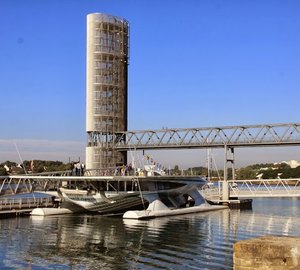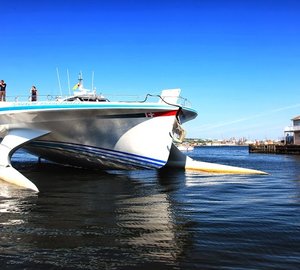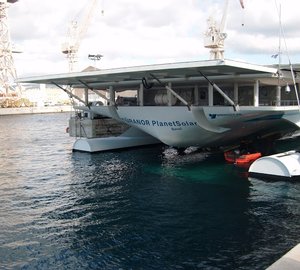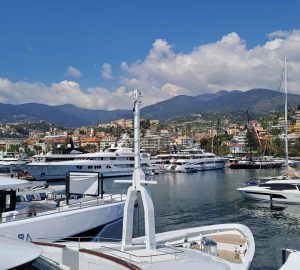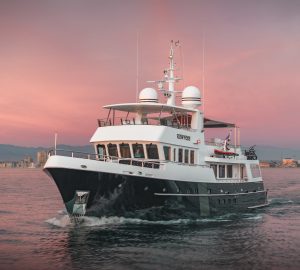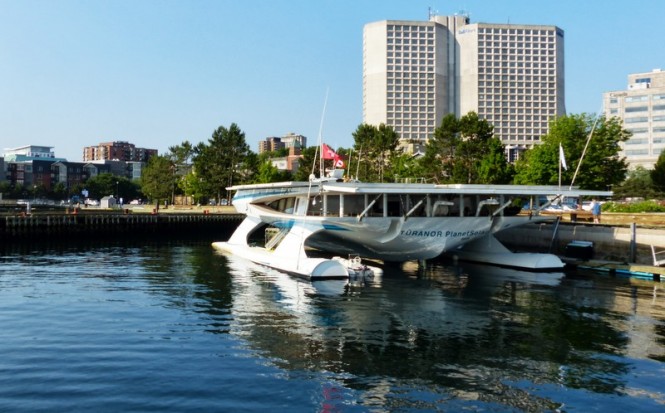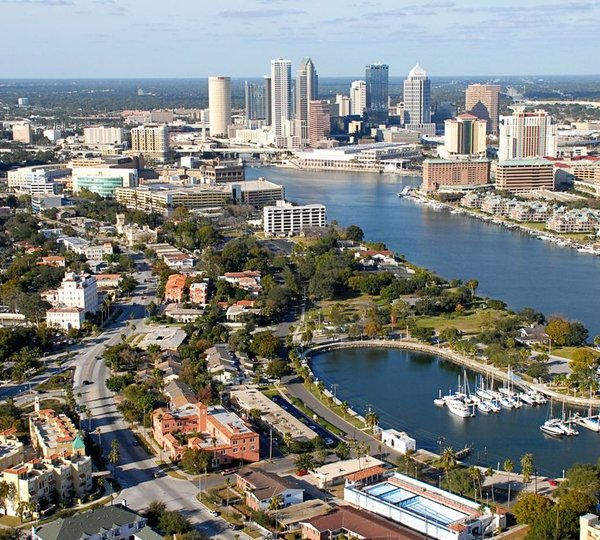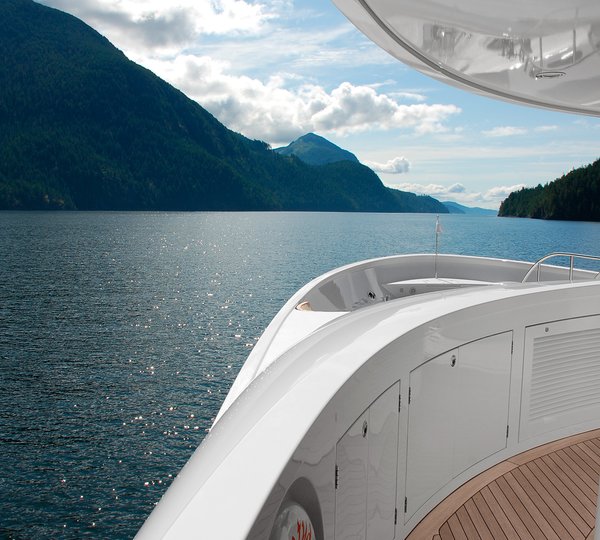After leaving Boston in the USA on July 4, 2013, PlanetSolar is continuing her “DeepWater” scientific expedition. The world’s largest solar catamaran arrived in Canada‘s Halifax on July 15.
This 11-day sail, navigated in a zigzag in the Gulf Stream’s wake, enabled the 3 scientist team members from the University of Geneva (UNIGE) and one researcher from the Woods Hole Oceanographic Institution to observe and analyze the phenomenon of ocean eddies. This stopover in Nova Scotia, which represents the ship’s northernmost point thus far, will allow PlanetSolar to disseminate her positive message about the use of solar energy, and raise public awareness about climate change. The ship should remain moored at Waterfront Development until Tuesday, July 23.
During this navigation, the 3 scientist team mates from UNIGE and one researcher from the Woods Hole Oceanographic Institution focused their research on the phenomenon of ocean eddies—large vortices that affect heat exchanges with the atmosphere and phytoplankton growth.
“We moved away from the North American coast by performing a series of zigzags across the Gulf Stream to allow the scientists to intercept these vortices,” explains Gérard d’Aboville, captain of the ship. This eddy hunt led to an extensive collection of data, both in the water and in the air. “In addition to the measurements taken in the ocean, we collected some interesting new data using instruments such as the Biobox, developed at UNIGE, which measure aerosols (micro-particles and droplets in the air) released by sea spray. We noticed a substantial increase in the number of aerosols as we got closer to Canada. This phenomenon is certainly due to the continental vegetation which is transported by wind heading toward the ocean, and therefore toward the solar ship. Subsequently, it could be interesting to analyze the interaction of “continental” aerosols and “oceanic” aerosols with atmospheric processes,” explains Professor Martin Beniston.
Halifax, a Canadian stopover that has aroused enthusiasm
This stopover in Nova Scotia was added as a result of an itinerary adjustment to the “PlanetSolar DeepWater” scientific expedition. This stop was meant to allow for a rotation of scientist team mates and some technical maintenance, as well as a restocking of the ship. However, the enthusiasm that was generated by the world’s largest solar vessel’s arrival in Nova Scotia eventually prompted PlanetSolar to organize events for the public and local authorities.
Hosted by the Waterfront Development, this stopover is therefore an opportunity to introduce this Swiss project’s innovative challenges to Canadians. “The University of Geneva’s ‘DeepWater’ scientific expedition and the MS Tûranor PlanetSolar admirably showcase the spirit of Swiss innovation, as well as the quality of research at our institutions. Switzerland is proud to welcome PlanetSolar to Halifax, an ideal ambassador,” said Beat Kaser passionately, Consul General of Switzerland in Montreal. The ship should remain docked in Halifax until Tuesday, July 23, until heading in the direction of St. John’s (Canada).
The “PlanetSolar DeepWater” Scientific Expedition
Launched in Florida in early June, the “PlanetSolar DeepWater” expedition is striving to collect a continuous series of physical and biological measurements along the Gulf Stream, both in the water and in the air, using advanced instruments and the expertise of the UNIGE scientists.
Led by Professor Martin Beniston, climatologist and director of the Institute of Environmental Science at UNIGE, the research team is studying the key parameters of climate regulation, namely aerosols and phytoplankton, in order to better understand the complex interactions between the ocean and the atmosphere, as well as the role these interactions play in climate change.

